There& #39;s been a lot of bird content on my feed lately, which might be a little unsatisfying for all y& #39;all who joined for the data.
So let& #39;s talk birds & data!
So let& #39;s talk birds & data!
L& #39;Étude des Populations d& #39;Oiseaux du Quebec (ÉPOQ) is a database of bird observations, which was started in TK by Jacques Larivée. It aggregates checklists filled out by birders, noting species they see when they& #39;re out binocularing.
ÉPOQ checklists were available for Quebec birders until the early two-thousands. Up until then, there had only been 29 days when no one had submitted checklists, and these were all in the 1970s. ÉPOQ was the longest running birding checklist program in North America.
(Canadians are really into bird data. Avibase, a bird taxonomic database, is hosted by @BirdsCanada - https://avibase.bsc-eoc.org/avibase.jsp )">https://avibase.bsc-eoc.org/avibase.j...
Another long-term bird data endeavour is the North American Breeding Bird Survey (BBS), which has been happening every year since 1966. The BBS recruits 2500+ & #39;skilled birders& #39; to do 3 minute point counts at a list of pre-determined roadside locations.
You can download BBS data here, through a querying system and also as a bulk download:
https://www.pwrc.usgs.gov/BBS/RawData/Choose-Method.cfm
BBS">https://www.pwrc.usgs.gov/BBS/RawDa... data has been, and still is, a crucial source for estimating populations and changes to migration patterns.
https://www.pwrc.usgs.gov/BBS/RawData/Choose-Method.cfm
BBS">https://www.pwrc.usgs.gov/BBS/RawDa... data has been, and still is, a crucial source for estimating populations and changes to migration patterns.
In 2002, the Cornell Lab of Ornithology at Cornell University and the National Audubon Society launched @Team_eBird (inspired by ÉPOQ) which... well, it changed everything.
eBird has more than 500,000 users, and has collected more than 737M bird observations. That& #39;s a lot of https://abs.twimg.com/emoji/v2/... draggable="false" alt="🐦" title="Vogel" aria-label="Emoji: Vogel">
https://abs.twimg.com/emoji/v2/... draggable="false" alt="🐦" title="Vogel" aria-label="Emoji: Vogel">
eBird has more than 500,000 users, and has collected more than 737M bird observations. That& #39;s a lot of
More than 1,700 volunteers work every day to validate @Team_eBird data, mostly confirming that out-of-the-ordinary bird observations actually happened.
eBird is super easy to use. They have apps for all the phones, and it& #39;s a really nice way of keeping track of what you& #39;ve seen.
eBird is super easy to use. They have apps for all the phones, and it& #39;s a really nice way of keeping track of what you& #39;ve seen.
The scale of @Team_eBird& #39;s data allows for some frankly magical things. Like very accurate migration maps, replacing the low-res ones in guidebooks which were often mostly guesswork.
Recently, the eBird data has been used to cross-reference migration patterns with climate models, meaning we can get a look at how habitat change is likely to affect birds at a species-by-species level.
There& #39;s an eBird API, and you can download bulk data from their data projects page: https://ebird.org/science/download-ebird-data-products">https://ebird.org/science/d...
The @Team_eBird is huge and well-labelled, making it ideal for use with machine learning. I benefit from this almost every day, using @MerlinBirdID to confirm IDs on birds I& #39;m not sure of.
The eBird data set also includes sound recordings, and you can use @BirdNET_App to ID birds by their calls (this is, in my experience, less reliable than Merlin, as phone microphones aren& #39;t great. The caveat here is that I live in NYC, your results may vary)
The thing I like the most of all of this is that these things, eBird and Merlin and BirdNet, are built on the day-to-day labor of birders. Labor and love. Millions of us, out in the mornings, in the rain and the hot sun, finding and counting and squealing with delight at new bird
7+ decades of human data, circling around to make tools for new birders to use, to provide evidence for conservation efforts, to open our collective eyes to the remarkable lives and extraordinary capacities of the humble https://abs.twimg.com/emoji/v2/... draggable="false" alt="🐦" title="Vogel" aria-label="Emoji: Vogel">.
https://abs.twimg.com/emoji/v2/... draggable="false" alt="🐦" title="Vogel" aria-label="Emoji: Vogel">.
(FIN)
(FIN)
OK, just a few more things:
Xeno Canto ( @xenocanto) has a huge database of bird sounds, which you can search by species & region: https://www.xeno-canto.org/
There">https://www.xeno-canto.org/">... is an API: https://www.xeno-canto.org/explore/api
But">https://www.xeno-canto.org/explore/a... one of the challenges is trying to figure out standard names for birds!
Xeno Canto ( @xenocanto) has a huge database of bird sounds, which you can search by species & region: https://www.xeno-canto.org/
There">https://www.xeno-canto.org/">... is an API: https://www.xeno-canto.org/explore/api
But">https://www.xeno-canto.org/explore/a... one of the challenges is trying to figure out standard names for birds!
Luckily eBird uses standard codes for each bird species (they& #39;re cute! https://twitter.com/blprnt/status/1256229033022492674),">https://twitter.com/blprnt/st... and you can use those to query @WikiData to get bird names in tonnes of languages.
ie. house sparrow, Haussperling, домовый воробей, huismus, ઘર ચકલી, gráspör, イエスズメ
ie. house sparrow, Haussperling, домовый воробей, huismus, ઘર ચકલી, gráspör, イエスズメ
Earlier this year I made a little tool called  https://abs.twimg.com/emoji/v2/... draggable="false" alt="🐦" title="Vogel" aria-label="Emoji: Vogel">
https://abs.twimg.com/emoji/v2/... draggable="false" alt="🐦" title="Vogel" aria-label="Emoji: Vogel"> https://abs.twimg.com/emoji/v2/... draggable="false" alt="🎶" title="Mehrere Musiknoten" aria-label="Emoji: Mehrere Musiknoten">
https://abs.twimg.com/emoji/v2/... draggable="false" alt="🎶" title="Mehrere Musiknoten" aria-label="Emoji: Mehrere Musiknoten"> https://abs.twimg.com/emoji/v2/... draggable="false" alt="🎲" title="Würfelspiel" aria-label="Emoji: Würfelspiel">to help me learn the songs & calls of birds near me:
https://abs.twimg.com/emoji/v2/... draggable="false" alt="🎲" title="Würfelspiel" aria-label="Emoji: Würfelspiel">to help me learn the songs & calls of birds near me:
https://birbs.glitch.me/
It">https://birbs.glitch.me/">... combines data from eBird, Xeno Canto & WikiData.
https://birbs.glitch.me/
It">https://birbs.glitch.me/">... combines data from eBird, Xeno Canto & WikiData.
This is also why I find all of this bird/data stuff so hopeful. It can be used for big projects (like the eBird migration maps) but also little things like my  https://abs.twimg.com/emoji/v2/... draggable="false" alt="🐦" title="Vogel" aria-label="Emoji: Vogel">
https://abs.twimg.com/emoji/v2/... draggable="false" alt="🐦" title="Vogel" aria-label="Emoji: Vogel"> https://abs.twimg.com/emoji/v2/... draggable="false" alt="🎶" title="Mehrere Musiknoten" aria-label="Emoji: Mehrere Musiknoten">
https://abs.twimg.com/emoji/v2/... draggable="false" alt="🎶" title="Mehrere Musiknoten" aria-label="Emoji: Mehrere Musiknoten"> https://abs.twimg.com/emoji/v2/... draggable="false" alt="🎲" title="Würfelspiel" aria-label="Emoji: Würfelspiel">. I think this is what I& #39;d like to see the most: orgs like @eBird working to foster small, community-sized work.
https://abs.twimg.com/emoji/v2/... draggable="false" alt="🎲" title="Würfelspiel" aria-label="Emoji: Würfelspiel">. I think this is what I& #39;d like to see the most: orgs like @eBird working to foster small, community-sized work.
Huge ambitious things like Merlin and BirdNet but also little, intimate things made by kids in classrooms and local birding clubs, fit to their particular needs and their particular place. As @yloukissas might say, Local Bird Data tools & explorations.

 Read on Twitter
Read on Twitter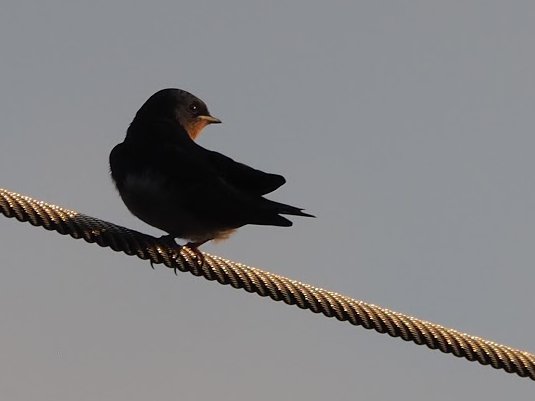
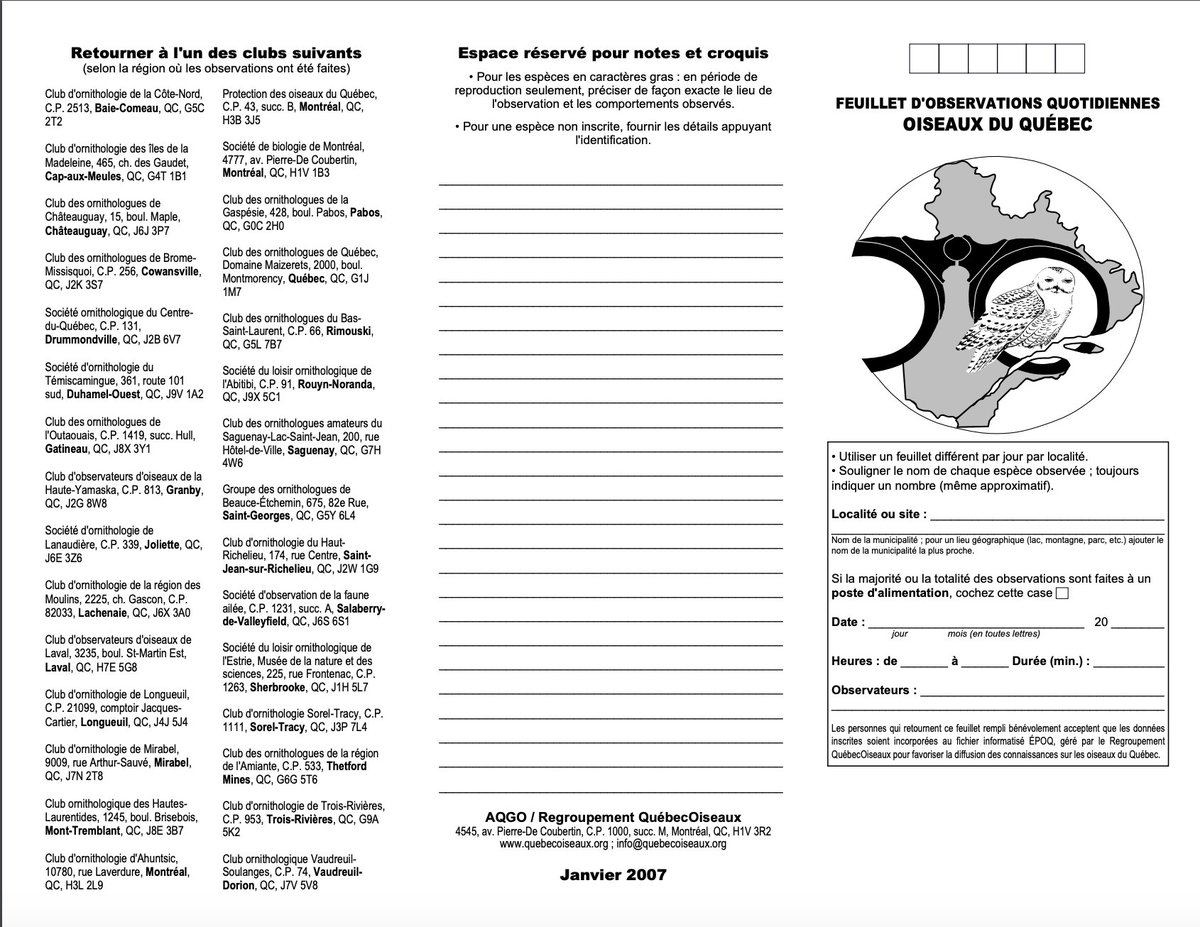



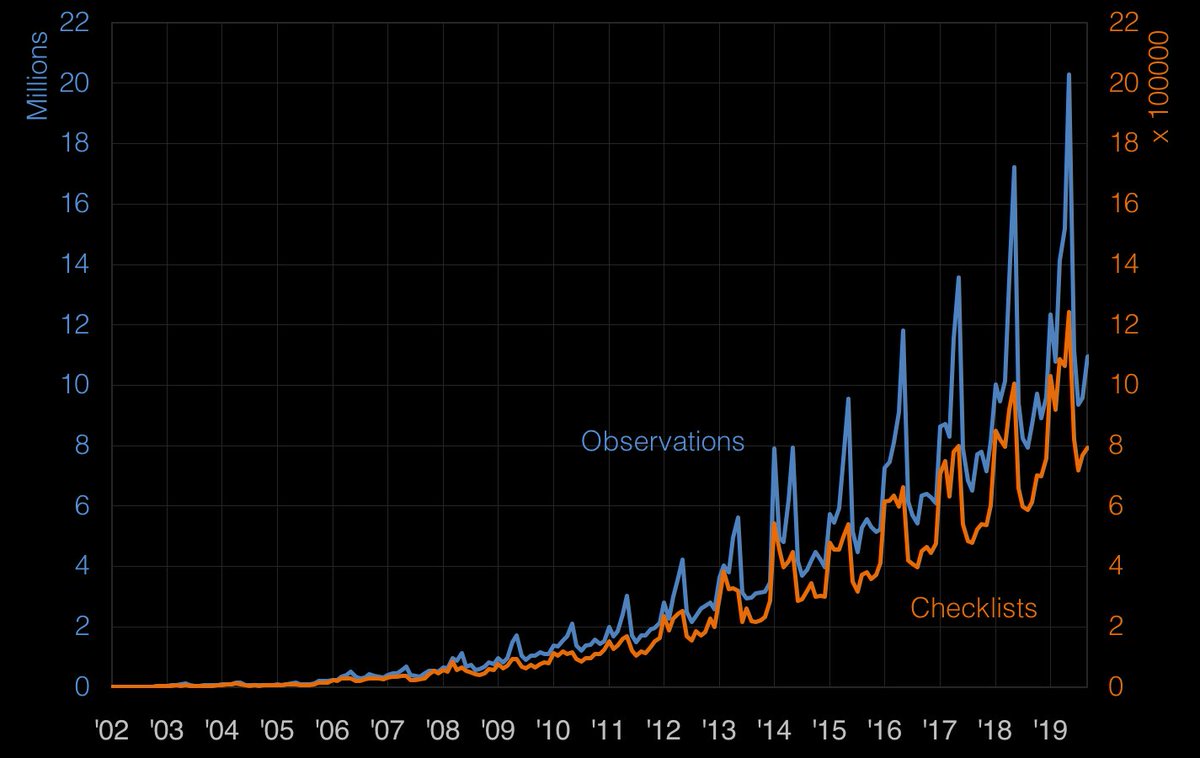 " title="In 2002, the Cornell Lab of Ornithology at Cornell University and the National Audubon Society launched @Team_eBird (inspired by ÉPOQ) which... well, it changed everything. eBird has more than 500,000 users, and has collected more than 737M bird observations. That& #39;s a lot of https://abs.twimg.com/emoji/v2/... draggable="false" alt="🐦" title="Vogel" aria-label="Emoji: Vogel">" class="img-responsive" style="max-width:100%;"/>
" title="In 2002, the Cornell Lab of Ornithology at Cornell University and the National Audubon Society launched @Team_eBird (inspired by ÉPOQ) which... well, it changed everything. eBird has more than 500,000 users, and has collected more than 737M bird observations. That& #39;s a lot of https://abs.twimg.com/emoji/v2/... draggable="false" alt="🐦" title="Vogel" aria-label="Emoji: Vogel">" class="img-responsive" style="max-width:100%;"/>
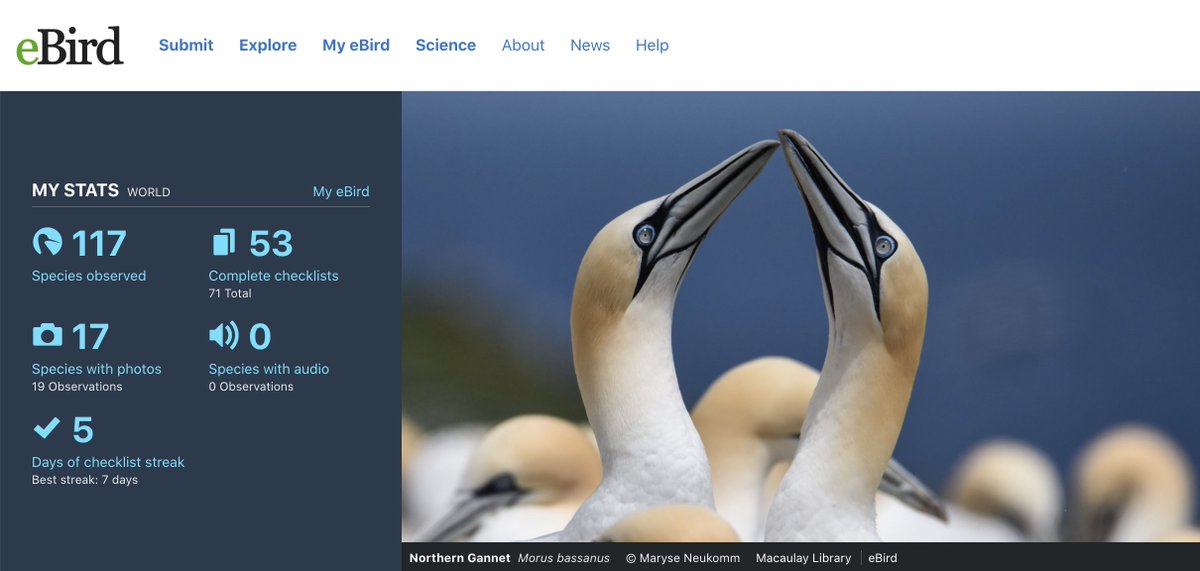
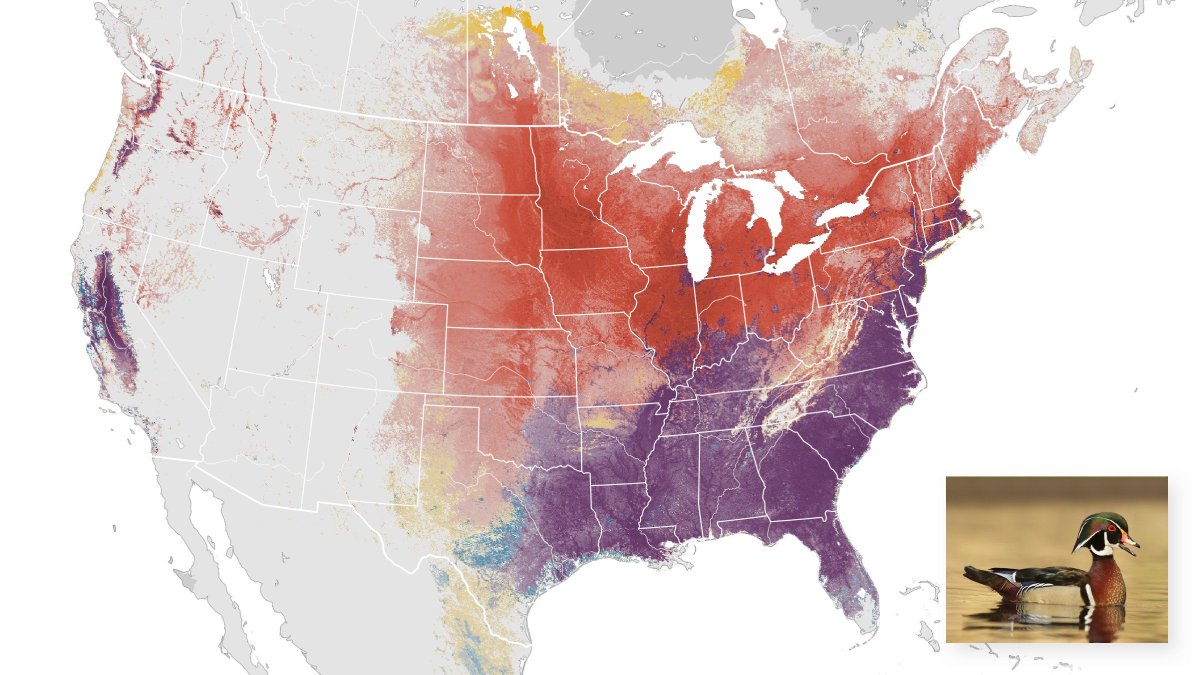

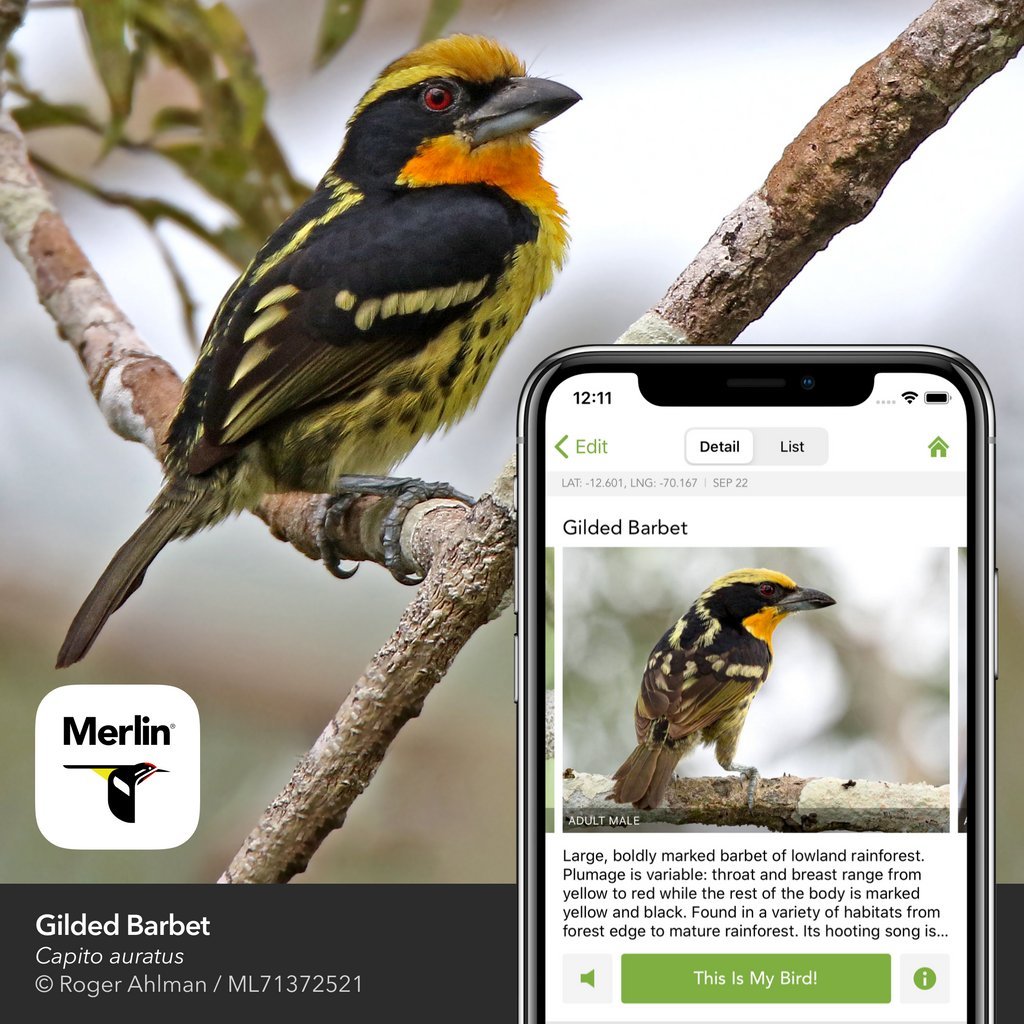

 .(FIN)" title="7+ decades of human data, circling around to make tools for new birders to use, to provide evidence for conservation efforts, to open our collective eyes to the remarkable lives and extraordinary capacities of the humblehttps://abs.twimg.com/emoji/v2/... draggable="false" alt="🐦" title="Vogel" aria-label="Emoji: Vogel">.(FIN)" class="img-responsive" style="max-width:100%;"/>
.(FIN)" title="7+ decades of human data, circling around to make tools for new birders to use, to provide evidence for conservation efforts, to open our collective eyes to the remarkable lives and extraordinary capacities of the humblehttps://abs.twimg.com/emoji/v2/... draggable="false" alt="🐦" title="Vogel" aria-label="Emoji: Vogel">.(FIN)" class="img-responsive" style="max-width:100%;"/>


